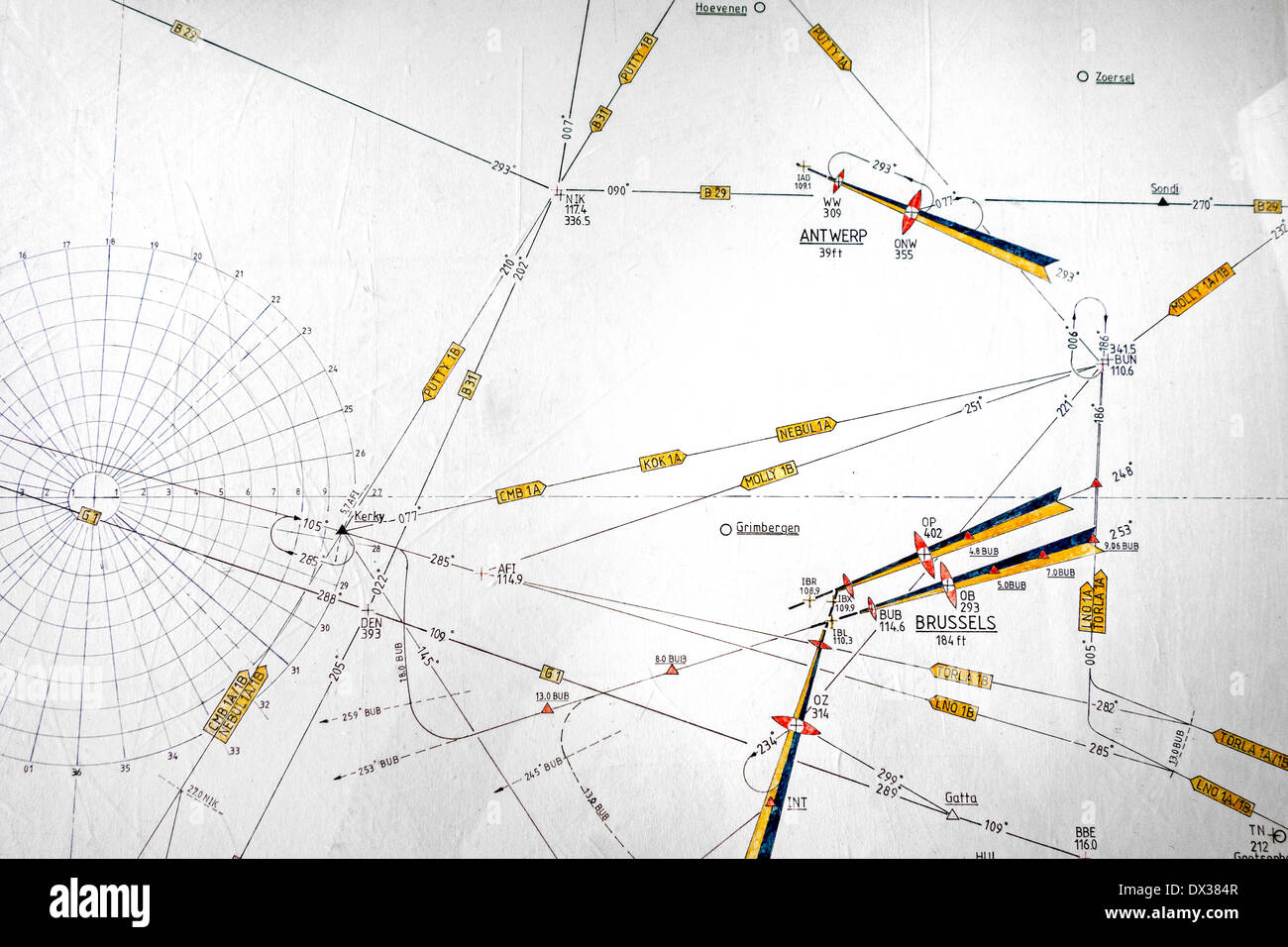


Light aircraft, flown by pilotage, typically have a simple set of navigational instruments, including an airspeed indicator (see pitot static system), an aneroid altimeter, and a magnetic compass. Air traffic controllers monitor the craft until it reaches its destination. The aircraft is then cleared for a given course and a given altitude. Also required under IFR is the filing of a flight plan with air traffic control authorities at the departure point. In these cases, or when weather conditions do not permit navigation by visual reference, planes must fly according to instrument flight regulations (IFR), which require that the aircraft be equipped with the necessary position-finding instruments and that the pilot be trained in operating those instruments. Pilotage is not satisfactory for long trips, especially over water or terrain lacking distinctive features. These establish the minimum weather conditions under which pilotage is permissible. Whether these landmarks are observed visually or on radar, this technique of air navigation is usually called flying under visual flight regulations (VFR). The simplest and least sophisticated way to keep track of position, course, and speed is to use pilotage, a method in which landmarks are noted and compared with an aeronautical chart. Air navigation, science and technology of determining the position of an aircraft with respect to the surface of the earth and accurately maintaining a desired course (see navigation).


 0 kommentar(er)
0 kommentar(er)
